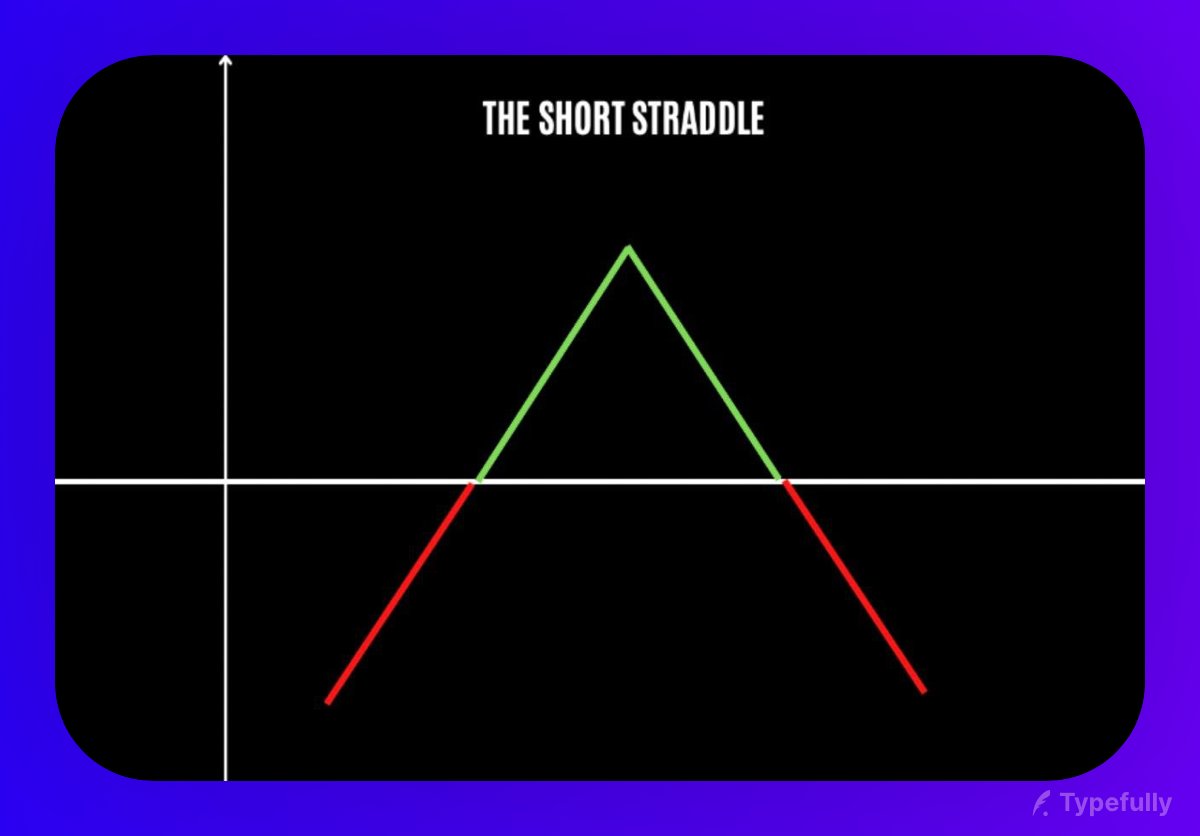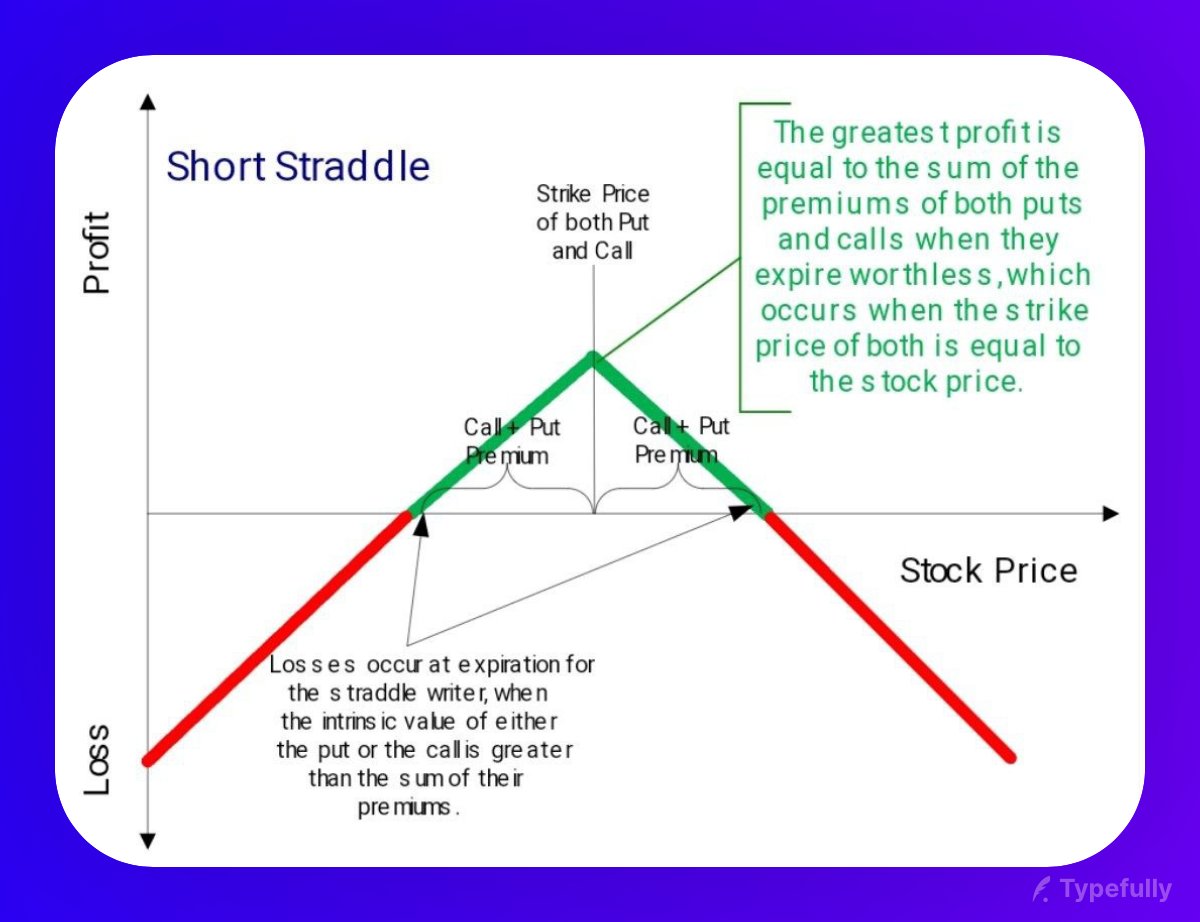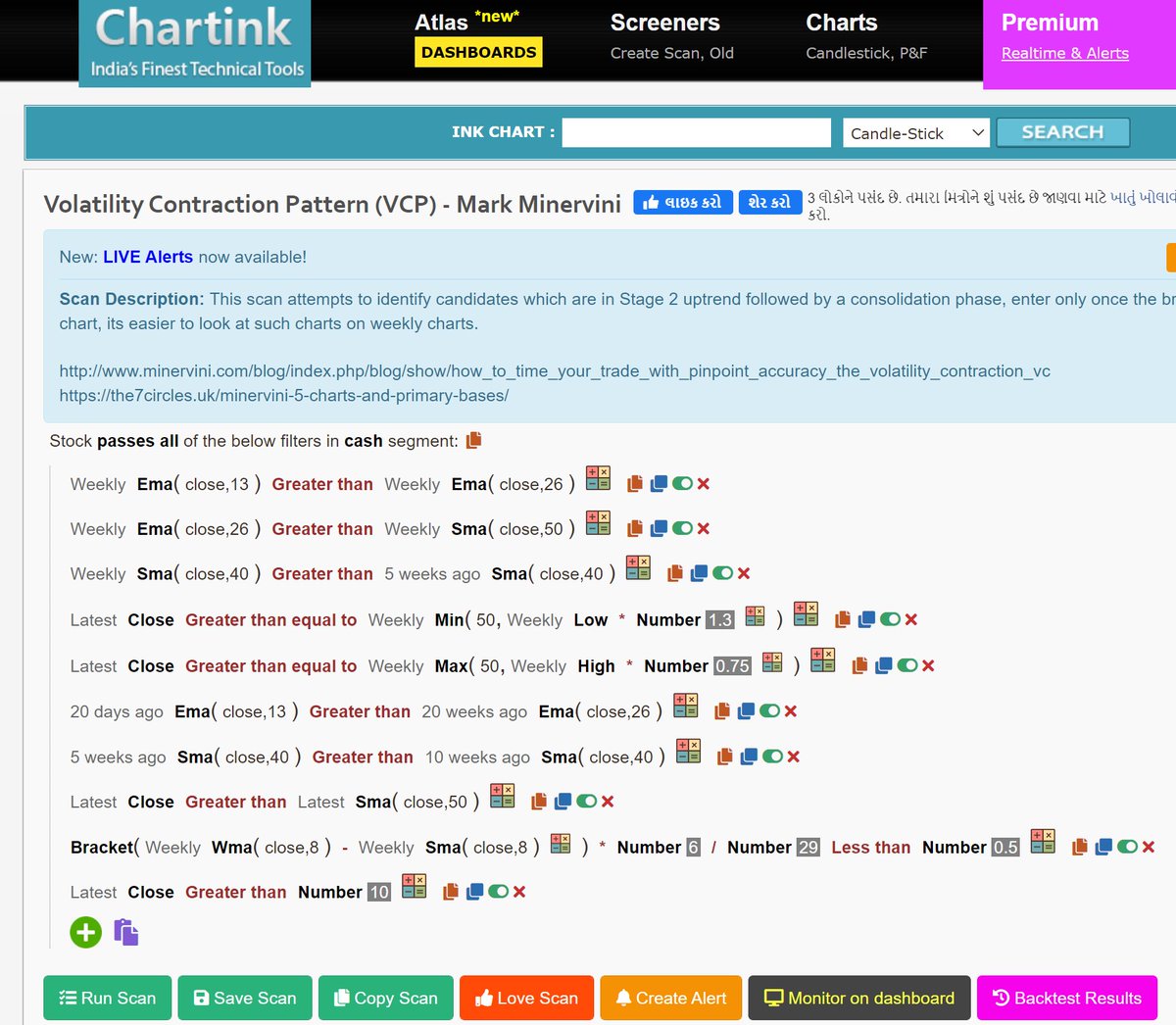here’s a slightly wonky thread that people who use post-nominal letters will not like: let’s talk about real-time learning in quant-driven strategies and how to do it in practice, because a lot us do this as a result of real-world constraints. its basically TA with a dress-code.
1) volatilities are not stationary but they undergo relatively synchronized regime changes
2) exponentially weighted vols are more responsive to changes in current conditions
4) honestly the numerical methods are just simpler and i’m a dumdum so it makes it easier for me
6) for long-short baskets of like assets it avoids painful assumptions about intercepts (and therefore betas)
instead of weighing long and short baskets with betas, you just use an ewma of your preferred volatility estimator, i happen to really like GKYZ for anything involving leverage or synthetic options like “stops” or “risk-control” implementation















